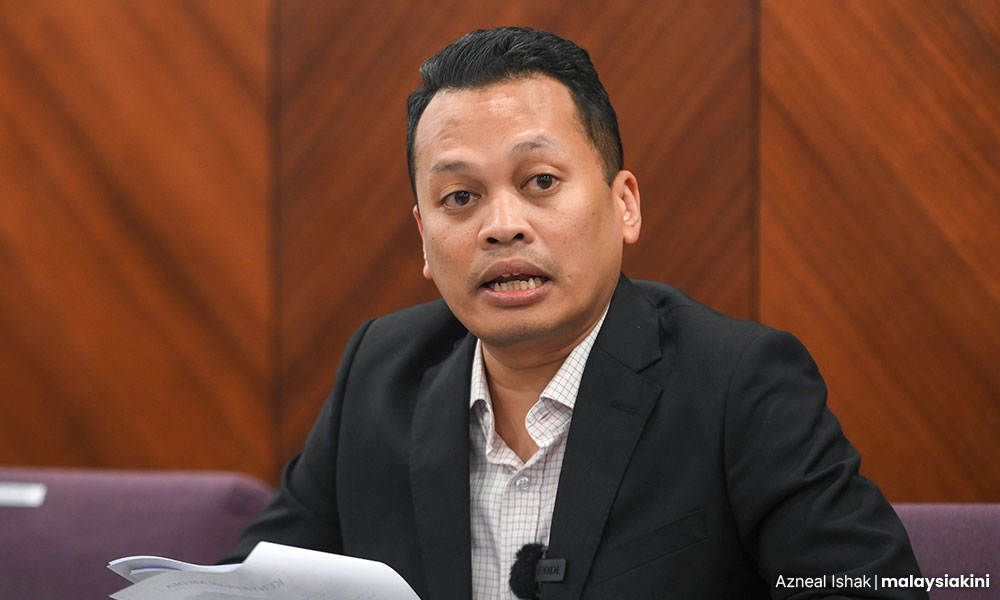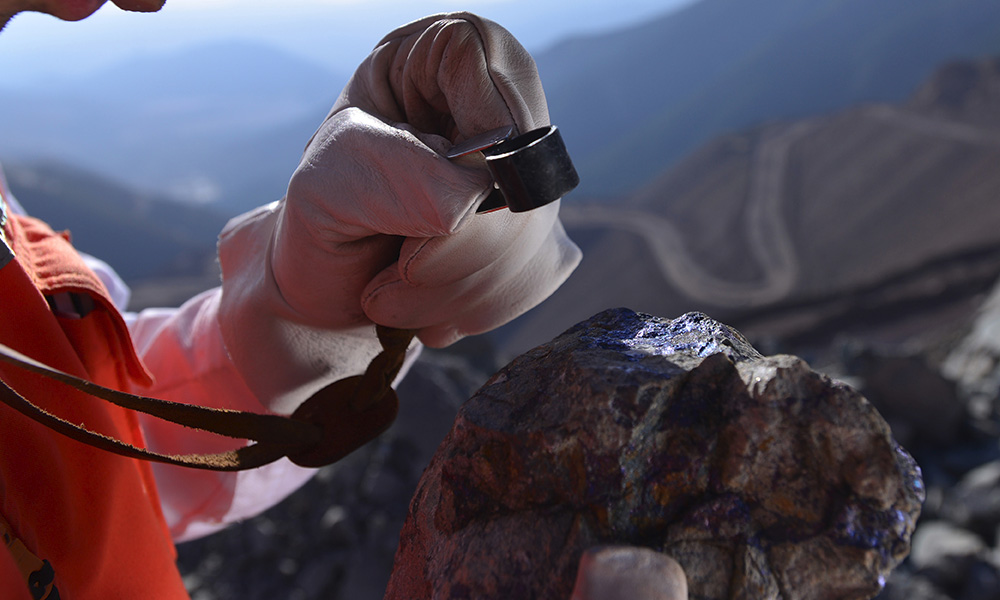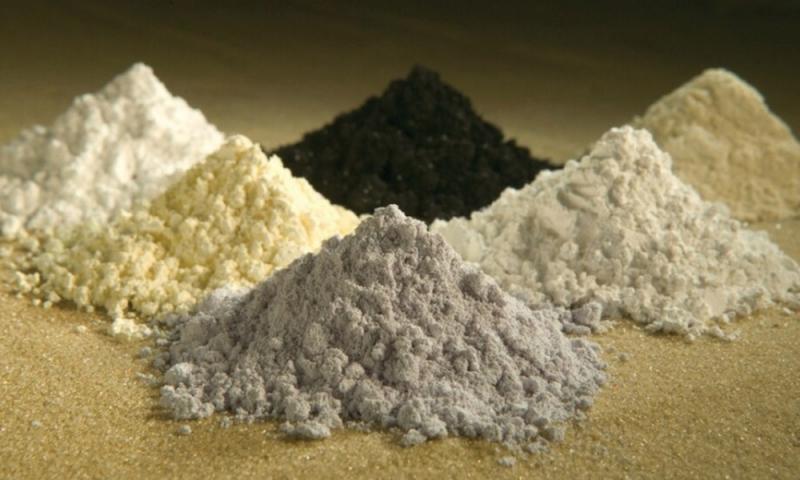LETTER | Confronting serious issues facing rare earth industry
LETTER | Natural Resources, Environment and Climate Change Minister Nik Nazmi Nik Ahmad told CNA recently that a pilot project would determine the feasibility of rare earth mineral mining activities and the ability of the standard operating procedures (SOP) to regulate these activities in a safe and orderly manner across the country.
“To date, data shows that 5,700 metric tonnes of rare earth carbonate (REC) have been produced. Based on the audit conducted, it can be concluded that this SOP is able to regulate rare earth mining activities well,” he said.
He said that the SOP — which was evaluated by a committee consisting of individuals with knowledge and expertise in the fields of mining, hydrology, and hydrogeology - emphasised important points to minimise the impact of mining activities on the environment and society.
This includes only allowing mining that does not involve the production of radioactive materials, the use of in-situ leaching (ISL) methods, setting regular and periodic monitoring methods including the construction of monitoring wells to detect any solvent leaks, and for an environmental impact assessment (EIA) to be carried out before any approval is given to for mining activities to be greenlighted.

The above disclosure by Nik Nazmi as a guardian of the Environmental Quality Act 1974 raises serious concerns for the development of the rare earth industry as it will impact the public safety and health of the population.
At first glance, it is certainly inadequate and premature to develop an SOP for the rare earth element (REE) industry based on a few pilot studies, bearing in mind that the SOP is intended for the large-scale commercial production of high-tech metals.
Moreover, the committee for the development of the SOP is lacking in members with expertise in environmental engineering and chemical process engineering as the ISL extraction method is a process involving chemical reactions.
But the greatest concern is the recommendation to use the ISL method which has a serious lack of environmental control and mitigation. The proven conventional method is the chemical extraction of the REE in a reactor and other processing units in a controlled environment in a factory premises, where the raw materials and reagents are added to obtain the desired product, and the waste produced is all accounted for by a mass and chemical balance analysis.
Thus, the types and sources of waste can be identified and accounted for by a waste management plan by the company.

In the ISL method, it is impossible to do a mass and chemical balance as the reacting volume is not easily fixed and controllable. The quantities of desired products and the type and quantity of waste are usually determined by trial and error at each location.
It is practically impossible to have a waste management plan for such a manufacturing process as the amount of waste produced is not easily quantifiable by a mass and chemical balance unlike a process in a fixed reactor in a factory setting.
Thus, ISL is generally not recommended as it leads to pollution issues. It is probably for this reason that Nor Shahidah Mohd Nazer, an expert in Geological Engineering and Soil Mechanics from Universiti Kebangsaan Malaysia cautioned the government to go slow and added that China is currently facing serious issues related to water and air pollution, loss of biodiversity and public health problems.
Consumers Association of Penang (CAP) highlighted some pollution issues faced by China using the ISL to extract REE:
In Jiangxi province, two methods were used to extract the rare earth. The first method involved removing layers of topsoil and transporting it to a leaching pond, where acid and chemicals were used to separate the various REEs from clay, soil, and rock.
The second process involved drilling holes into hills inserting PVC pipes and rubber hoses, and then flushing out the earth using a mix of water and chemicals. This mix was then directly pumped or transported to the leaching pond for further separation of REEs.
Chinese officials have said that mining has dumped excessive amounts of ammonia and nitrogen compounds into the region’s groundwater. Other pollutants like cadmium and lead are released during the mining process and long-term exposure to these metals poses health risks as well.
Detrimental health effects
Sahabat Alam Malaysia (SAM) said that the term "non-radioactive rare earth elements (NR-REE) used in Malaysia could be misleading because, according to International Renewable Energy Agency, producing one tonne of REEs result in 2,000 tonnes of toxic waste, including 75 cubic metres of wastewater and one tonne of radioactive waste".
Harvard International Review in an issue dated Aug 12, 2021, claimed that for every tonne of rare earth produced, the mining process yields 13kg of dust, 9,600-12,000 cubic metres of waste gas, 75 cubic metres of wastewater, and one tonne of radioactive residue. This stems from the fact that rare earth element ores have metals that, when mixed with leaching pond chemicals, contaminate air, water, and soil.
Most worrying is that rare earth ores are often laced with radioactive thorium and uranium, which result in especially detrimental health effects. Overall, for every tonne of rare earth, 2,000 tonnes of toxic waste are produced.
As SAM has noted earlier, there is no such label as NR-REE. A glance at the periodic table shows that radioactive elements clustered around the REE.
The Environmental Protection Agency reminds us that naturally occurring radioactive materials (NORM) become more concentrated after the ISL technology-enhanced process to become TENORM.
So, it is wishful thinking that you do not have to deal with radioactive elements in the REE industry.
In fact, it is the REE industry practice to identify and notify the employees and the public on the location and storage of the radioactive waste so that no one transgresses the safe buffer distance - from the danger of exposure to radiation from the radioactive elements.
If this safety practice is ignored, then great danger is faced by the public through accidental inhalation of the radioactive dust or entering the body through the food chain.
The practice is to identify and put in place hazard notifications to warn the public about such risks no matter how low the concentration of the radioactive waste.
The question remains to be asked: who will do the clean-up after the ISL degrades the environment? In China, the government took drastic measures when it detected that its water resources were polluted by these ISL pondings. China had the will and resources to do the clean-up. Do we have?
The views expressed here are those of the author/contributor and do not necessarily represent the views of Malaysiakini.
RM12.50 / month
- Unlimited access to award-winning journalism
- Comment and share your opinions on all our articles
- Gift interesting stories to your friends
- Tax deductable
